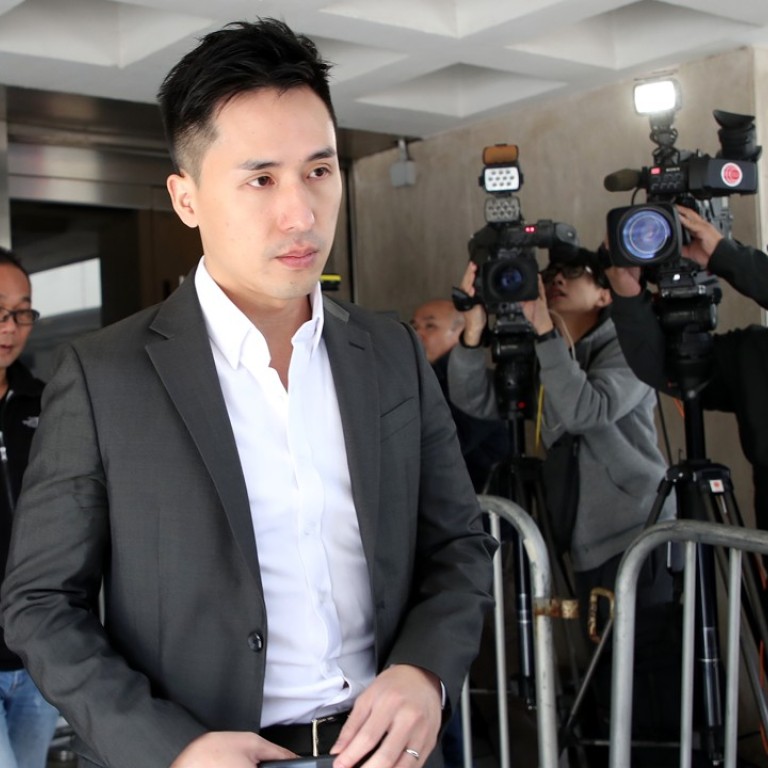
Senior Hong Kong cop’s appeal bid focuses on altered footage of Occupy beating
Barrister argues that adjustment may have affected colour tones on film that helped convict Senior Inspector Lau Cheuk-ngai
A barrister defending a senior Hong Kong policeman jailed for assaulting a high-profile activist during the Occupy protests complained during an appeal bid that the brightness of a video clip which helped convict his client had been altered.
Seven policemen convicted in Ken Tsang assault case spent HK$9 million on their defence
Tsang’s beating – at a spot many referred to as a “dark corner” because of the poor light – caused an outcry as it was caught on camera by multiple press organisations, including in a live broadcast.
Since Tsang was unable to give a complete account of the assault or the identity of the officers, trial judge David Dufton relied heavily on news footage downloaded from the internet by police investigators and provided by prosecutors to paint the full picture.
Appealing against Lau’s conviction and sentence on Thursday, Yu specifically took issue with some Television Broadcasts footage, the brightness of which had been adjusted before the judge saw it. During the trial Dufton partly identified Lau based on the colour of his clothing.
“The enhancement could go to the colour,” Yu said, complaining of the increased exposure.
“We don’t know without any evidence what colours have been changed.”
Last Hong Kong policeman in jail for Ken Tsang assault released on bail
But Mr Justice Michael Lunn, who presided over the hearing for leave to appeal, said his colleague only generally described the colour of Lau’s shirt by calling it blue, as opposed to calling it azurite, a more specific shade. He added that the trial judge identified Lau by his black vest and gloves.
During the trial, prosecutors were unable to obtain the original footage from media groups because of a separate court ruling on press freedom. It meant prosecutors had to use online copies as substitutes.
Yu criticised the trial judge’s approach in accepting copies as court evidence, arguing that past cases required original copies when they were available.
TV engineer sues Hong Kong government over alleged police assault during Occupy protests
Countering, director of public prosecutions David Leung Cheuk-yin SC said the so-called best evidence rule was no longer valid. Even if it had applied, he added, it was limited to text-based documents.
Mr Justice Lunn, vice-president of the Court of Appeal, extended Lau’s bail and said he would hand down his decision at a later date.

